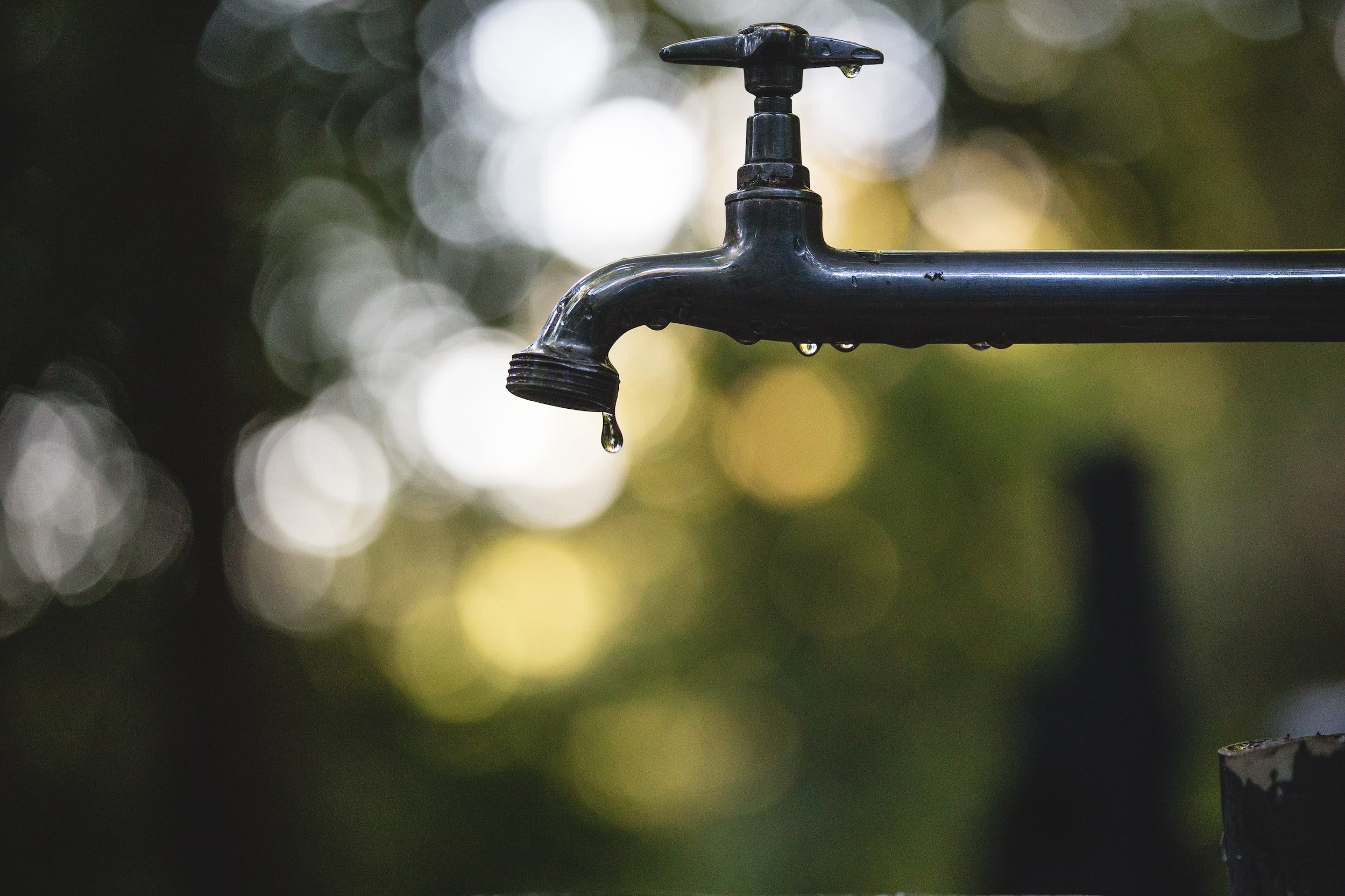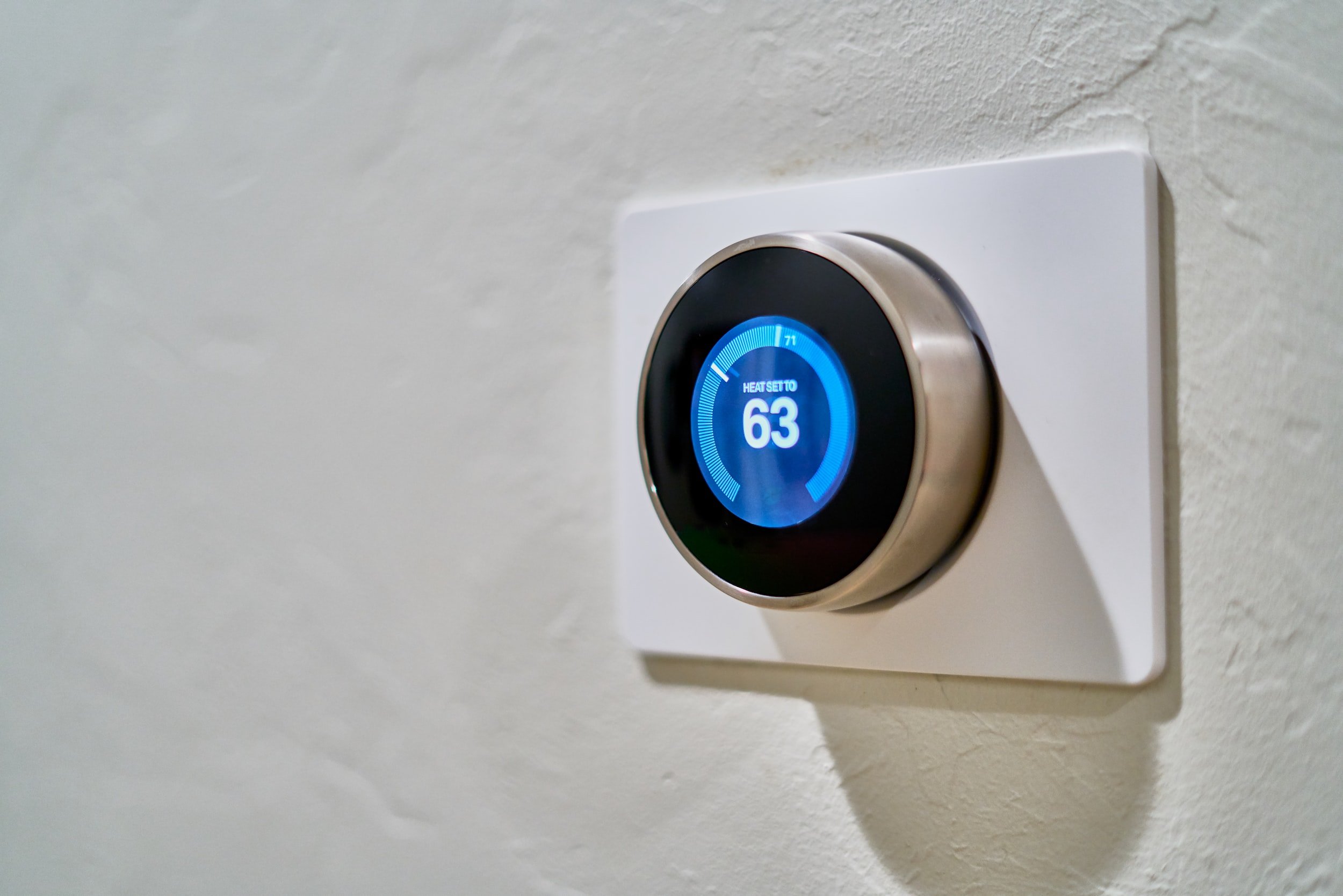Moisture Control for the Home: How to Prevent Mold and Mildew
Photo Credit @Sandym10
What is Moisture Control, and Why Is It important in the Home?
Moisture control is one of the most important factors in any building’s overall success. It is essential that moisture is controlled and maintained, whether its in commercial buildings or homes to avoid costly repairs and damage to equipment and to discourage mold and mildew. Moisture is a key component of air quality and, in turn, the health and safety of everyone in the building.
There are three main ways moisture can enter a building: through the air, ground, and plumbing leaks. Moisture in the air can come from rain, humid air, or steam. Ground moisture can come from the soil, water seepage in foundation leaks, or condensation. Moisture can enter the space through leaky pipes in plumbing fixtures. One of the most common scenarios that lead to a mold problem is when a leaky pipe in a hidden area, such as a crawl space, is left unattended. Cold surfaces within a space, such as a crawl space, can lead to condensing pipes and drips. It is important to manage moisture entering the space through any of the three ways to prevent mold and mildew growth from taking over.
Photo Credit @luis_tosta
What Triggers Mold Growth?
Mold growth is a process that fungi undergo in order to create a mold colony. Many things can cause mold to grow, but the most common are moisture and high humidity. Mold growth can also be triggered by a lack of air circulation, temperature change, or other mold spores entering a space.
Can my HVAC system Contribute To Mold Prevention?
As a homeowner, you’re always looking for mold prevention methods. You may not know it, but HVAC systems or air conditioners can actually play a big role in preventing mold and mildew.
Here are a few ways that HVAC systems can help avert mold growth in your home:
Image Credit @Kollasophoto
1. Keep the indoor humidity level at the appropriate level
Mold thrives in high humidity environments, so it’s essential to keep the humidity levels in your home low. Your HVAC system can help with this by running the air conditioner in the summer and the humidifier to proper setpoints in the winter.
One of the byproducts of air conditioning is moisture removal from the air. As the air is cooled, it loses the ability to hold moisture. As heat is removed from the air in your air conditioner, moisture is also pulled out and sent to the condensate drain. The result is dry air in the living space.
Photo Credit @anniespratt
As stated above, cold air has less of an ability to hold moisture; this is why the air is so dry in the cold months of winter. Many people will add a humidifier to their home to produce moisture into the air to help prevent dry skin and nasal passages and increase comfort. Adding too much moisture into the air can cause moisture problems and lead to mold and mildew.
Indoor humidity should be kept below 60% for mold prevention and mildew issues. According to the Environmental Protection Agency, the ideal humidity setpoint within a home should be between 30-50% relative to the space temperature.
2. Change the air filters regularly.
Another way to keep the humidity levels low is to change the air filters regularly. Dirty air filters prevent proper indoor air movement and can cause the air conditioning system to run poorly, leading to humidity control issues and possibly mold in your furnace.
3. Ventilate your home.
Ventilating your home is important for two reasons. It brings in fresh air and cycles air throughout the space to prevent stagnate air. Ventilation is also extremely important in wet areas such as the bathroom, kitchen, and laundry room where water vapor is common. An exhaust fan should be used in these rooms. Ventilating excessive moisture from those areas to the outdoors helps keep things dry, comfortable, and prevents mold and mildew from growing.
How can I prevent mold growth in my house without AC?
Mold can be a real problem in a houses during humid summers without air conditioning. The problem is that mold spores can easily spread through a house's air distribution system and cause much damage. Here are some tips on how to prevent mildew and mold in a house without air conditioning:
Photo Credit @yer_a_wizard
1. Windows and Doors
Keep the windows and doors closed when it is likely that rain or other moisture may enter the space. Open windows during nice weather to keep the air circulating throughout the space.
2. Humidity Levels
Make sure the humidity levels in the house are low. This will help prevent excess moisture and help prevent mold in your home by keeping the humidity level between 30% and 50% relative humidity.
3. Keep the house clean.
Regular cleaning can help prevent mold growth. Use mold-killing cleaning solutions on surfaces that are prone to mold, such as bathrooms and basements.
4. Use air filters.
Air filters can help to prevent the spread of mold by capturing spores in the airstream.
5. Use a dehumidifier.
Dehumidifiers can help reduce the humidity levels in your home, making it less hospitable for mold growth. You can purchase portable dehumidifiers or have a whole-house dehumidifier installed. A dehumidifier can help reduce the amount of moisture in the air, which will help prevent the conditions required for mold and mildew growth.
6. Proper Ventilation
Good ventilation helps to circulate air and reduce humidity levels. Open windows and doors to allow for air circulation, especially in rooms with high humidity so that wet areas can dry, such as bathrooms and kitchens. If you do not have central air, the use of ceiling fans can keep air moving.
7. Keep Household Plants in Check
Do not have too many household plants, and make sure to clean up after them if you do. Even a spill may lead to problems.
What Temperature Should You Keep Your House To Discourage Mold?
Photo Credit @danlefab
There is no one answer to this question as it depends on various factors, such as the climate in your area, the size of your house, and the type of home construction. Generally speaking, you should aim to keep your home's indoor air at a comfortable temperature that is neither too hot nor too cold. Most homes are kept between 70-74 degrees Fahrenheit and should be between 30-50% relative humidity.
Do Air Purifiers Help With Mold Spores?
An air purifying system may help with a mold or mildew problem. Most air purifiers use extremely high filtration filters, such as HEPA filters, to remove mold spores from the air. Some air purifiers even use ultraviolet light to kill the trapt mold spores, which prevents them from reproducing. While air purification does not help remove active mold from a surface, it is a good way of stopping air-borne contaminants from spreading throughout a home.
Will a dehumidifier kill mold?
photo credit @byintan
No, a dehumidifier will not kill mold, but it will help prevent the conditions that allow mold to thrive. Molds may grow very quickly if moisture problems are present, creating the optimum environment. Dehumidifiers also prevent the development and growth of mold. The use of a dehumidifier can be beneficial in spaces such as, crawl spaces, basements, or areas with indoor plants. The most efficient way is the complete destruction of their sources using some of the methods below.
What Kills and Prevents Mold?
Photo Credit @claybanks
There are various tools used for removing and eliminating mold. It is important to take a few simple steps to stop mold and mildew. Chlorine Bleach, Borax, and vinegar are all common methods of addressing a mold problem. Hydrogen peroxide, ammonia, tea tree oil, and baking soda have been shown to kill mold spores.
Use white vinegar in untreated places such as bathrooms, kitchens, and damp basement with mold problems. Using bleach kills molds but can be harmful on some surfaces. Use 1 tbsp bleach for 1 gallon of water and then wash off. For stubborn areas with a mold infestation such as crawl space, you may need to mix a 50/50 chlorine bleach solution with water.
Photo Credit @kellysikkema
Are Mold and Mildew the Same Thing?
Mold and mildew are two types of fungus that can grow and spread on surfaces. Mold is a type of fungus that can grow on any surface and is often seen as a black or brown spot on materials such as drywall, insulation, or porcelain. Mildew is a type of fungus that can grow on any surface and is often seen as a white or red spot on materials such as drywall, insulation, or damp clothes.
Which is Worse, Mold or Mildew?
Mold is worse because it can cause severe health problems. Mildew, on the other hand, is not as harmful as mold, but it can still cause problems if it is not treated.
Can You Live in a House With Mildew?
Photo Credit @qwitka
Mildew is a fungus that grows on the surface of drywall, carpet, or other fabric. It can cause a musty smell and damage to the surface. If the mildew is allowed to grow unchecked, it can cause the surface to rot.
Mildew is most commonly found in humid climates but can also grow in dry climates. It is most commonly found in homes that are not well-maintained, but it can also be found in well-maintained homes. People often live in homes with mildew, but you should treat the condition to be certain it does not become a bigger problem or get out of hand.
What keeps mold and mildew from coming back?
The most important thing is to ensure you have identified the cause of mold growing or mildew in your building and have corrected the moisture problem so that it does not come back. If left unattended, the home mold issue will continue to return and cause mold damage that can lead to health effects from mold exposure. Fix plumbing leaks before using mold killing products to clean mold. Commercial buildings often house plumbing and HVAC equipment above ceiling tiles, which may become discolored, indicating a leak, and if left unattended, may lead to mold growing.
Photo Credit @gottapics
If you live in a house with mildew, there are a few ways to prevent it from growing. The most important thing is to ensure that you are controlling moisture. Don't leave wet clothes in the wash or leave wet clothing, blankets or other garments in a hamper.
Interested in how to maintain and inspect your HVAC equipment? Check my blog post The HVAC Inspection Guide
As an Amazon Associate HVAC Tool Review earns commission from qualifying purchases














